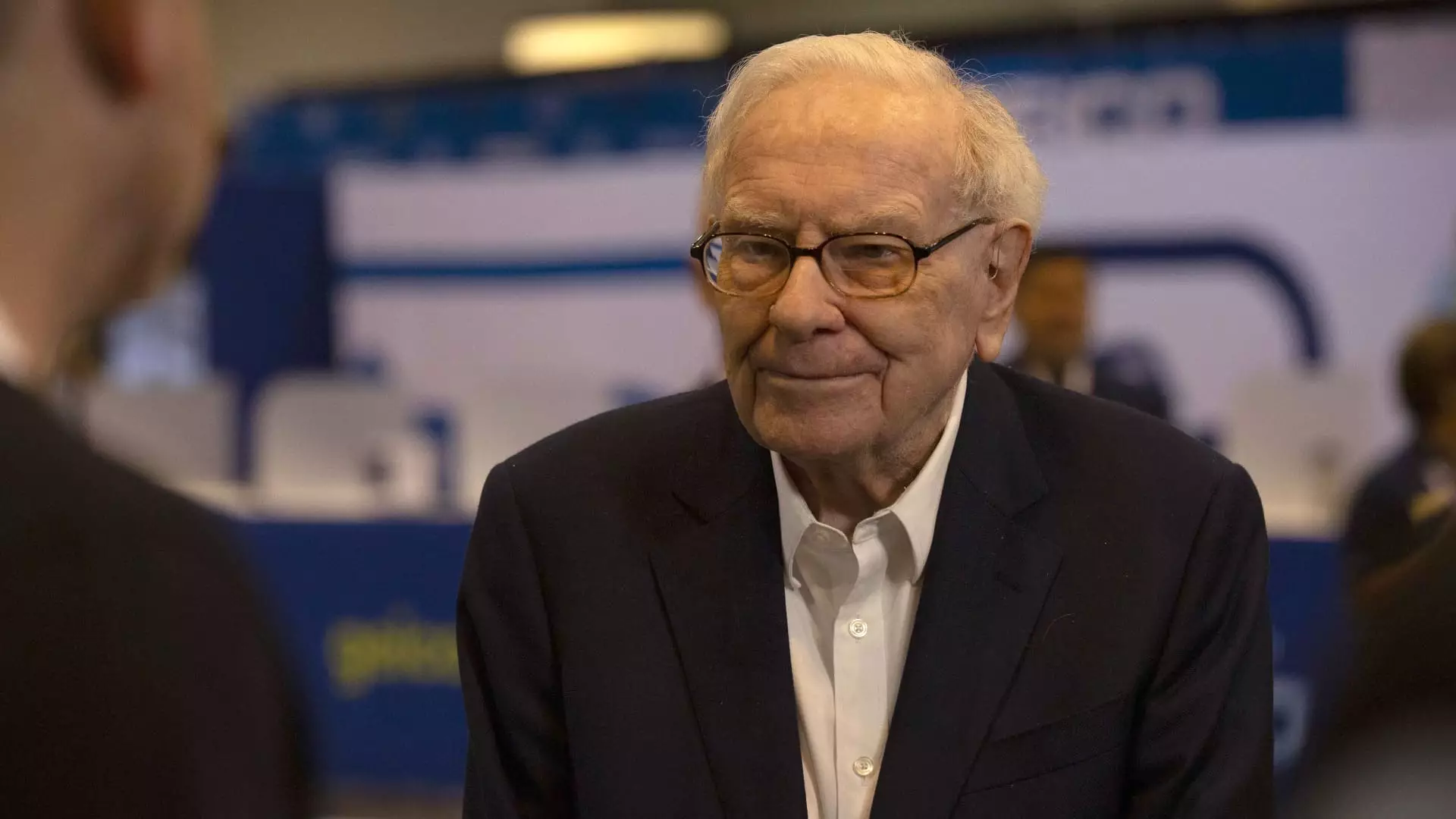Recently, Warren Buffett’s investment vehicle, Berkshire Hathaway, has made significant moves in the banking sector, particularly concerning its stake in Bank of America (BofA). An announcement revealed that Buffett has lowered Berkshire’s ownership in BofA to just below 10%, following a series of sales that commenced in mid-July. This strategic shift highlights not only Buffett’s evolving view on banking investments but also reflects broader market conditions that warrant scrutiny.
Buffett disclosed the sale of over 9.5 million shares in a recent filing with the U.S. Securities and Exchange Commission (SEC). The result of this decision is a new holding of approximately 775 million shares, representing a stake of 9.987%. By breaching the vital 10% ownership threshold, Berkshire Hathaway is now exempt from expedited reporting requirements concerning transactions related to BofA. Stakeholders and analysts alike are left in suspense regarding Buffett’s future moves, with the next major disclosure not expected until mid-November.
While Berkshire’s selling has generated interest, it’s important to note that BofA’s stock has shown resilience, experiencing a modest price increase of about 1% over the same time frame. This uptick suggests that the market may be stabilizing, as BofA’s management, under CEO Brian Moynihan, has hinted at effective strategies to control and repurchase shares. Historically, Buffett’s actions have swayed market sentiments, but in this scenario, it appears that BofA is absorbing the selling pressure relatively well.
Buffett’s relationship with Bank of America dates back to 2011, during a tumultuous time for the financial sector post-subprime mortgage crisis. He invested $5 billion in preferred shares, a move aimed at restoring confidence in BofA when the institution was in dire need. His subsequent conversion of warrants into common stock in 2017 and purchasing more shares in subsequent years solidified his position as the largest shareholder in the bank. However, recent transactions signify a cautious pivot in Buffett’s investment philosophy, indicating a broader skepticism regarding the banking industry.
Buffett’s recent decisions are consistent with his ongoing trend of divesting from major banking institutions over the past few years. Notable exits include shares in companies like JPMorgan, Goldman Sachs, Wells Fargo, and U.S. Bancorp. This pattern raises questions about the long-term outlook for traditional banking amidst a landscape increasingly influenced by digitalization and fintech.
Buffett’s cautious outlook, particularly in light of recurring banking crises, underscores a shift in investor confidence tied to systemic vulnerabilities. He has pointed out that the fallout from both the 2008 financial crisis and the recent challenges in 2023 has significantly altered the landscape of banking confidence. As traditional deposit bases become less reliable, exacerbated by swift technological changes that facilitate bank runs, Buffett’s reservations appear well-founded.
While Buffett’s reduction of his stake in Bank of America might initially be seen as a mere tactical maneuver, it reflects underlying fears about the banking sector’s stability. For investors and market watchers, this move serves as a critical barometer for understanding Buffett’s views on risk and opportunity in a rapidly evolving financial world. The implications of this decision could resonate far beyond BofA, impacting investor sentiment across the sector.

